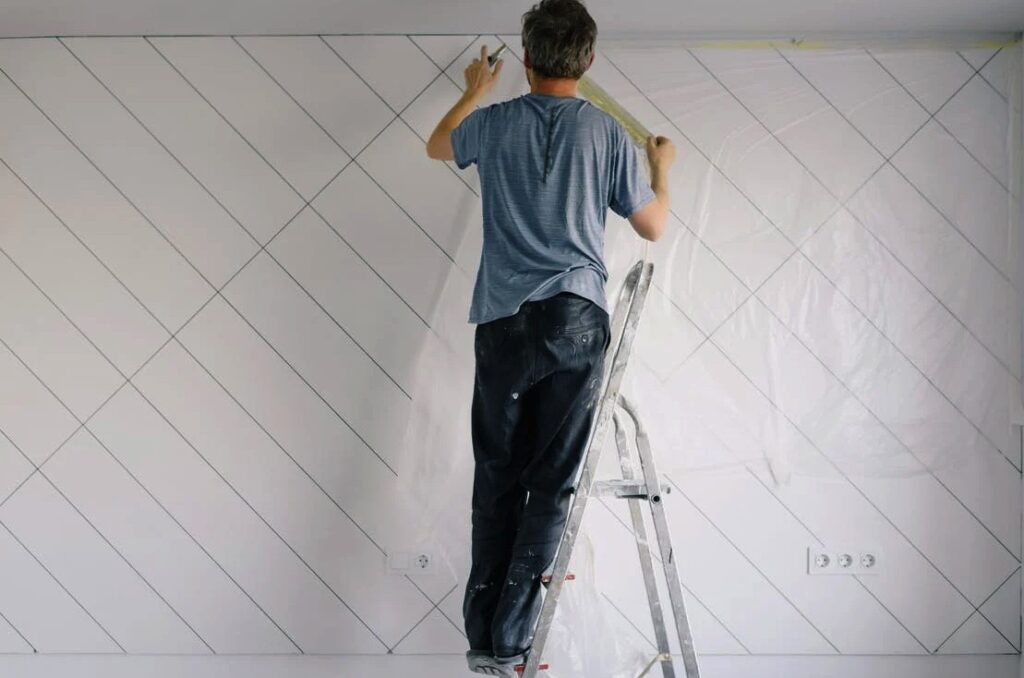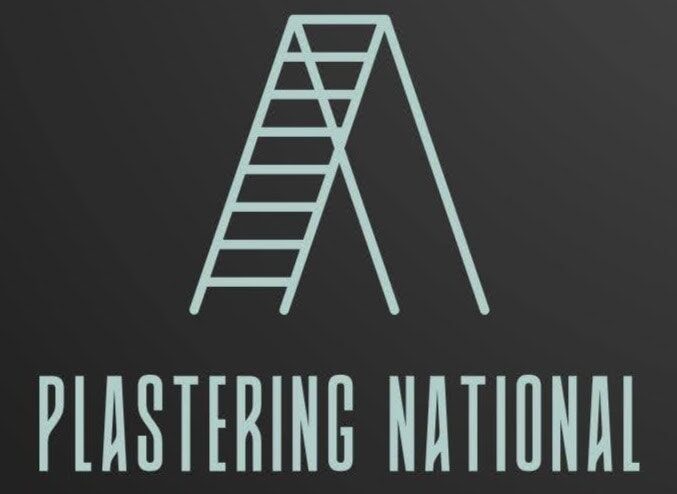Plaster mesh is vital in construction, particularly in plastering and rendering. Plaster lacks tensile strength, and without support, it can crumble or crack over time due to environmental stress, structural movements, or exposure to moisture.
Plaster mesh reinforces plaster layers, ensuring durability and longevity. This article will explain why plaster mesh is necessary, its benefits, and the different types of plaster mesh available.
Let’s get straight to the point
Plaster mesh is essential for reinforcing plaster in construction, providing support to prevent cracking, shifting, and wear. It is especially useful for large surfaces, high-stress areas, and insulation or underfloor heating applications.
Common types include galvanised wire, fibreglass, plastic, and mesh tape, each offering different strengths and flexibility. The right mesh ensures durability, crack resistance, and longevity for interior and exterior walls, ceilings, and floors.
Modern synthetic meshes, such as polyurethane and glass fibre, offer advanced benefits like chemical resistance and adaptability to curved surfaces.

Why Use Plaster Mesh?
Plastering involves applying a wet mixture of plaster to walls, floors, or ceilings. Plaster can become stable if it has something to adhere to.
Plaster mesh provides the necessary framework to ensure the plaster remains solid.
Here are some reasons why plaster mesh is essential:
Structural Support: Plaster, especially in large areas like walls, ceilings, or floors, requires additional support. The mesh helps to prevent the plaster from shifting or cracking over time, especially in high-stress areas.
- Crack Prevention: Structures settle over time, and environmental factors such as dampness can cause plaster to crack. Mesh strengthens the plaster, reducing the chances of cracks appearing in the first place.
- Reinforcement for High-Stress Areas: Mesh is especially useful in high-stress areas, such as ceilings or floors, where the plaster is more susceptible to impact or movement.
- Improved Longevity: Mesh significantly increases the durability of plaster by reinforcing it, making the plastered surface last longer.
- Increased Load-Bearing Capacity: Plaster mesh strengthens the surface, allowing it to bear heavier loads. This is particularly beneficial for areas like walls that may need to support shelving, pictures, or other fixtures.
Benefits Of Plaster Mesh

Plaster mesh offers several advantages, making it a practical choice for interior and exterior construction work. Some of the benefits include:
- Strengthening Plaster Layers: Mesh provides a skeletal structure that bonds with the plaster, making the surface more robust and resistant to wear and tear.
- Flexibility: Some types of mesh, like fibreglass, are flexible enough to be applied to curved or uneven surfaces. This adaptability ensures that the plaster layer remains intact despite surface variations.
- Resistant to Environmental Changes: Certain meshes are designed to withstand temperature changes, moisture, and even chemical exposure, making them ideal for external applications.
- Compatibility with Various Materials: Plaster mesh can be used with different materials, including thermal insulation, acoustic insulation, and waterproofing systems.
Applications Of Plaster Mesh
Plaster mesh is widely used in various construction processes. Below are some common applications:
- Reinforcing Plaster on Walls: Whether inside or outside, walls benefit from the added strength of plaster mesh.
- Repairing Cracks: Mesh can be used to repair and strengthen existing cracks in plaster, ensuring that the repair holds up over time.
- Thermal and Acoustic Insulation: Plaster mesh is often used with insulation materials to create effective thermal and acoustic barriers.
- Underfloor Heating Systems: In systems where heating is installed under the floor, mesh helps to secure the heating elements and prevent the plaster from cracking due to the heat.
- Mending Structural Joints: Fiberglass mesh tape is commonly used around structural joints to prevent cracks from appearing.
Types Of Plaster Mesh
Several types of plaster mesh are available, each with unique properties and uses. Choosing the right mesh depends on the specific needs of your project. Below are some common types:
1. Galvanised Wire Mesh
Galvanised wire mesh is made from steel wire coated with zinc to prevent rusting. It is often welded together to form a durable grid.
This mesh type is ideal for areas requiring heavy-duty reinforcement, such as basements or foundations.
2. Fibreglass Mesh
Fibreglass mesh is popular due to its resistance to mould, insects, and rust. It is flexible and can be used for both interior and exterior applications.
Fibreglass mesh is lighter and easier to work with than metal mesh, although it doesn’t offer the same level of tensile strength.
3. Plastic Mesh
Plastic mesh is often used in indoor applications, particularly for feature walls or with acrylic render. It’s lighter and finer than metal mesh, making applying easier.
It provides good crack resistance but isn’t as strong as fibreglass or metal.
4. Mesh Tape
Mesh tape, typically made of woven fibreglass, reinforces small cracks or joints in plaster. It’s self-adhesive, easy to apply, and effective at repairing minor damage.
Factors To Consider When Choosing Plaster Mesh
When selecting plaster mesh, there are several factors to consider:
- Material: Different materials offer varying levels of strength and resistance. Metal meshes, like galvanised wire or expanded metal, are strong and suitable for industrial or commercial applications. Plastic and fibreglass meshes are better for residential use, where flexibility and ease of application are priorities.
- Mesh Density: The density of the mesh is measured in grams per square metre (g/m²). A denser mesh, typically between 165 and 300 g/m², is used for external applications like facades. Lighter mesh, around 110-160 g/m², is better for interior walls or ceilings.
- Application Area: For smaller areas or areas with a lot of texture, mesh may not be necessary. However, using a strong, durable mesh is critical for larger areas like entire walls or floors.
- Environmental Conditions: Consider the environmental conditions of the area. For instance, if the mesh is exposed to moisture, choose a material resistant to rust or mould, such as fibreglass or plastic.
New Technologies In Plaster Mesh
In recent years, synthetic meshes have become more popular. These newer materials offer several benefits over traditional metal meshes:
- Polyurethane Mesh: Lightweight and chemical resistant, polyurethane mesh is ideal for interior and exterior plastering. It adapts well to curved surfaces and is easy to work with.
- Biaxially Oriented Polymer Mesh: This modern material is corrosion-resistant, flexible, and non-magnetic, making it suitable for curved or rounded structures.
- Glass Fibre Mesh: Made from purified glass, this mesh offers excellent chemical resistance and is commonly used in facade plastering. It is durable and designed to last through multiple coats of mortar.
Conclusion
Plaster mesh is vital in modern construction, providing the support and strength to ensure plaster layers remain intact over time. Its benefits include crack prevention, increased durability, and enhanced load-bearing capacity.
Whether you’re working on interior or exterior walls, ceilings, or floors, using the right plaster mesh will greatly enhance the quality and longevity of your work.
Choosing the right plaster mesh for your project depends on the job’s needs—heavy-duty metal mesh for industrial use or flexible fibreglass mesh for residential walls.
In all cases, plaster mesh ensures a stronger, more durable finish that withstands the stresses of daily wear and environmental changes.
Frequently Asked Questions
Which Mesh Is Best for Plastering?
Plastering utilises chicken wire because of its unique characteristics. Chicken wire mesh is created by twisting two neighbouring wires at least four times to create a honeycomb-like structure. This results in a robust chicken wire mesh. Therefore, it possesses great strength and long-lasting durability. When it comes to plastering, it serves as an efficient preventative measure against the plaster layer drying out and cracking.
Do You Need Mesh for Plastering?
The internal skeleton layers of plaster and putty can be formed with the assistance of plaster mesh. Plaster mesh will provide good protection for the plastering layer area subjected to mechanical stress in conditions with temperature and humidity variations. In addition, using plaster mesh results in a material that is extremely resistant to wear and can support significant weight.
Can You Use Render Mesh for Plastering?
Internal plastering and external rendering on solid surfaces and insulation sheets applied to the foundation layer are suitable for fibreglass reinforcing mesh. It is anchored into the foundation layer to ensure it is completely anchored or secured. Following the application of the foundation layer, the finishing render is put on.
Where Do You Put Chicken Mesh in Plastering?
You can use chicken mesh to prevent cracks in plastering work by placing it at the junction of different materials, such as between the wall and the column. This is because the coefficient of thermal expansion of the different materials is different, which increases the likelihood that cracks will appear after plastering has been completed.
Do I Need Mesh for Rendering?
When rendering, the mesh should always be employed to reinforce and fortify against cracking to prevent it. Combined with the most recent generation of flexible and breathable renders, current glass fibre’s amazing strength and adaptability provide long-term protection against breaking induced by movement.

